Swati Kalsi is a Textile and Fashion Designer innovating with traditional craft – in particular, Sujani embroidery from Bihar. Her singular approach intersects art and fashion, affording her pieces a place on the walls of homes, and inside wardrobes.
The beginning > My mother was a strong creative influence on me, and my fascination with the arts started early at my home in Delhi. We would make clothing, interior and other DIY projects often together. I was inclined toward everything cultural – from fine to performance art – and by class 9, I became enamoured with fashion. I remember sharing this with my close friends whenever we discussed our interests and dreams. At my high school graduation, students were acknowledged for their performance in various subjects, and I was awarded ‘Best Artist’. The recognition definitely encouraged me.
Passionate about fashion, I gave my entrance exam for NIFT (Delhi) but didn’t qualify for the fashion design stream. It was heartbreaking. I was trying to resign myself to the idea that I would not be able to study what I loved, when a few days before I was about to enrol into another stream, I saw an advertisement for a new course at NIFT called Fashion Design and Information Technology. I managed to get through this time and studied there from 1999 until 2002.
Above: image | from the ‘minor’ collection
I was profoundly affected by my failure to get through the course I loved; years later in retrospect I realise how it put me on the path of transformation and self discovery.
I received a top ranking in my batch with awards for ‘Best Overall Performance’ and ‘Best Use of Textiles in Fashion’. I also won a scholarship for a Masters degree in Italy which I couldn’t pursue. Overall, it left me unsatiated because I didn’t feel like I had evolved much as a creative thinker and innovator.
Upon graduating, I wanted to begin making a living working in a design oriented set-up where I could gain experience first hand – like a lab where one learns and also tests one’s skills. I had my first textile centric experience working with The Shop in Delhi in 2003 for about 5 years. By 2008, I wanted to pause for a while and explore to see if there existed avenues where design married purpose and social good. Design for the sake of it wasn’t fulfilling enough for me.
Above: image | shot for London retailer LN-CC
Independent moves > Tired after looking for about a year, I dropped in at Mr. Rajeev Sethi’s office. I had come across him first in 2003 while I was looking for an inspiring design studio to work for. It probably wasn’t the right time back then; fortunately, this time the office was looking for textile designers for a World Bank project. Rajeev uncompromisingly challenged the team’s capacities at every step and it was just what I needed. He was a tough mentor in an office that was full of inspiration. He stressed the importance of understanding a craft well to be able to do justice to its inherent strengths while creating designs that haven’t been seen before. His goal was to ensure livelihoods for artisans without compromising on the craft’s potential.
Above: image | artisans at work
Within a few months of working with him I was given the freedom to experiment and create what I thought could fit the grand vision of the World Bank’s programme ‘Jiyo!’. Closely working with traditionally skilled artisans, the attempt was to position Indian women’s embroidery techniques – sujani and banjara – as a uniquely artistic cultural legacy. Through it, I started creating products that helped me discover a vocabulary that I could call my own.
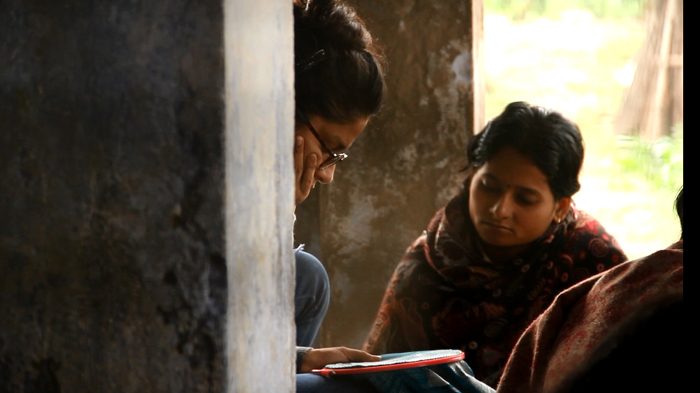
Above: image | Swati and artisans at work
The project went on hold after four years, but I couldn’t. In 2012, I started to work with the artisans independently through my first workshop with sujani artisans in Delhi. Unaware of the form my efforts would take, the pieces created were purely out of curiosity. My efforts then and now are largely focused on marrying the artisan’s unmatched skills with an aesthetic spirit.
I believe that a hand has a brain of its own. It can think and create surfaces that neither programmed machines nor the human mind can recreate. So I focused on creating one-of-a-kind pieces. I realised working with artisans directly is probably the only way to involve them fully in spirit.
Working independently is very different from working for the World Bank project. The challenges multiply in these areas –
Ecosystem: Women in the villages have always made sujani in their spare time to make extra income. Domestic crafts like this are not an industry and therefore highly unorganised. Some people and NGOs do try to contribute to support them, but it is not enough. There’s zero to very little effective support in the villages. Working with these crafts is arduous since an entire ecosystem needs to be built and sustained for any kind of development.
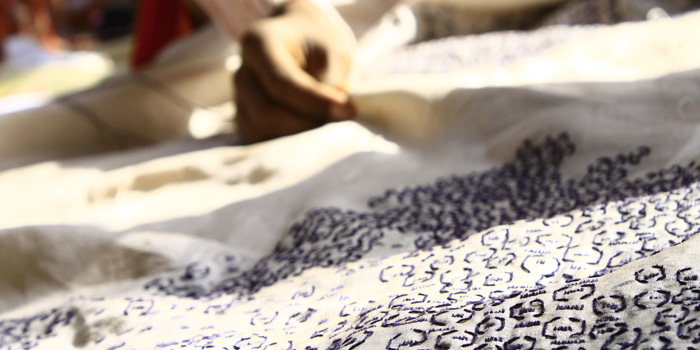
Above: image | artisans at work
Cost: I collaborate and engage with artisans through interactive creative workshops and processes to encourage the artist in them. We create distinct pieces of work, treading on the edge of design, craft and art. The workshops are almost like residencies. The artisan’s travel, stay, food and living expenses are taken care of by me to create a space for design development – because I believe that innovation can keep the collaboration (between the artisans and me) and the audience ticking.
Sustainability: High costs and challenges of development and innovation make sustainability a big challenge. So, in addition to the one-of-a-kind pieces we now have a diversified range with varying price points.
Above: images | from the ‘some maths’ collection
Collaborative growth > This idea and my business are growing gradually. I hope to collaborate with more women’s organisations, craft organisations, business professionals and mavericks from different backgrounds to explore what new can be done with the textile skills that are sitting dormant in different parts of the country.
I like working with NGOs because they’re usually driven by social good. They keep craft development and preservation running. They keep pushing the envelope when most others are tired or retire. Their long and consistent relationship with artisans helps with understanding the ground realities. This, however, can create a certain ecosystem wherein a lot of artisans can become complacent. Livelihoods may be generated but it is difficult to find driven artisans who want to evolve through their craft and take it to levels of excellence. Of course, limitations like a shortage of resources do not allow for this too.
Honour, monitory benefits and a vision for the future can inspire otherwise dormant artisanal potential. Design and business interventions have given craft a new dimension in some cases. Hermès is one such inspiring example.
Above: image | from the ‘monad’ collection
Design vocabulary > Craft has helped me discover a process and a new design vocabulary. I look at each piece of work as a point of reflection for both the artisans and for me. It can help discover new strengths and weaknesses, and also gives us insights for the future.
Over much give and take and inconceivable twists and turns do the pieces emerge. Silhouettes border on androgyny. Traditional Indian clothing was androgynous for ages; it’s conceivable that clothing the world over was androgynous for the longest time. That is also how I prefer to dress personally.
I have also had people buying some pieces as art for their homes. The positioning was never as such, one thing has lead to the other. Our price points are only reflective of our process. I am extremely inspired by art and the very purpose of it, and that’s probably why it reflects in many forms. It has put us in a unique situation with unique challenges. It’s often unnerving that we can’t find ready solutions; they need to be figured out slowly as we work.
Above: images | from the ‘some maths’ and ‘bharua’ collections
People > My family has always stood by me irrespective of all their doubts and worries given the experimental nature of my work. I have been fortunate to have come across generous people who have a unique voice, are ready to take a plunge and give it their best. They have supported my pivotal ‘firsts’ and are the force that has inspired me.
Rajeev Sethi, for giving me a unique platform to work closely with traditionally skilled artisans, and a lot to learn from.
Lekha Poddar and Anupam Poddar, founders of the Devi Art Foundation. I was part of their exhibit, ‘Fracture: Indian Textiles, New Conversations’, involving an array of textile commissions. My piece was later shortlisted for the ‘Fabric of India’ exhibition at the V&A. Their keen eye and buying of the works has been very encouraging.
Maithili Ahluwalia, for being the first to support my retail launch in India. She’s passionate, committed and inspiring.
Luxury store LN-CC in London, the first international store to make our range part of their conscious offering.
My first public presentation was DesignXDesign, 20 under 35, 2013 at Alliance Française de Delhi. Followed by a show at Lakme Fashion Week in 2013 curated by Mayank Mansingh Kaul.
The fashion industry has also been very warm and welcoming. The industry has a lot of power to inspire change and it is interesting how the space where fashion and textile crafts meet is widening.
I am also glad to hear from some progressive NGOs for collaborations. Their commitment to craft and its development is absorbing.
Above: image | Swati and a group of artisans
Slow but steady distribution > For the multiple challenges on the backend both in first developments and production, I have been keen on keeping our distribution small and functional. Taking the product to relevant platforms is important: the shows, exhibitions and stores that I have been a part of seem to be experimental and conscious in their approach, encouraging textile centric developments.
Slow and balanced is my idea of growth. Faith in an ideology and a product that grows slowly and steadily. We are a team of about 15 artisans in Bihar, and a small team for management and support including my family in Delhi. It’s mostly about multitasking and getting things rolling.
The product has been connecting me with many interesting people. It is refreshing to see a conscious and evolved audience out there who is receptive, and I cherish these associations.
Above: image | from the ‘minor’ collection
References > Many new businesses the world over have been set up on the very premise of a conscious approach. Aesthetics, innovation, quality of product, approach to business and how these elements are mixed is what one tries to learn from.
We learn and borrow from everything that catches our imagination. Nature and all its quirks fascinates me. There’s traces of it everywhere in science, the arts, photography, film and new media. Though difficult, the processing and interpretation of the inspiration can be original in the creator’s head. It’s what we seek to achieve as designers.
To name a few of the many wonderful artists and businesses that inspire me: Issey Miyake, Hermès, Jurgen Lehl, Ai Weiwei, Anish Kapoor, Alexander Calder, Theo Jansen, Le Corbusier, Tadao Ando, Charles Correa, Zaha Hadid. Also, experimental and classical music, films and poetry, presently haikus are a stress buster.
Above: image | from the ‘monad’ collection
Work / Life > It’s hard to see a line between work and life. There was a time when I thought focus and hard work was everything. Soon I felt that, in addition, a creator’s mind needs to be dynamic. It should be able to understand aesthetics, sociology, psychology, politics, business, history, philosophy… it is all one, interconnected and interdependent. This also enables cross pollination of ideas and holistic thinking.
Philosophically speaking, in Natya Shastra (notable for its aesthetic Rasa Theory), a gradation of functions was described for consciousness. It starts with activities of nutrition, followed by collective activities of sense and thought, which lead to activities of cognition and finally, at the apex of the chain, anandam of absorption and bliss. Anandam was thought to be the source and the central purpose of all art. So, the line only blurs more, and beautifully so.
Work history >
Founder, Swati Kalsi, New Delhi
Asian Heritage Foundation, New Delhi, 2008 – 2011
Freelancing, New Delhi, 2007 – 2008
Designer, The Shop, New Delhi, 2002 – 2007

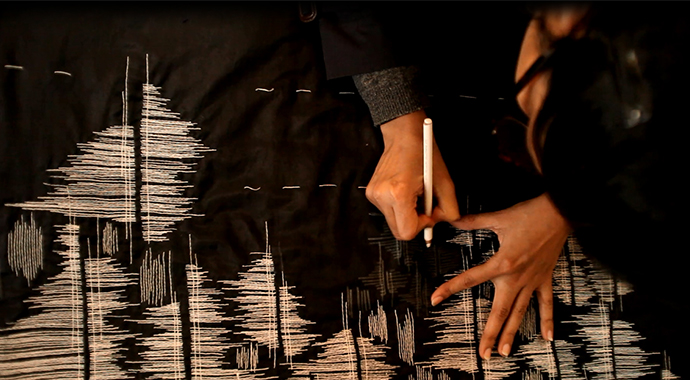
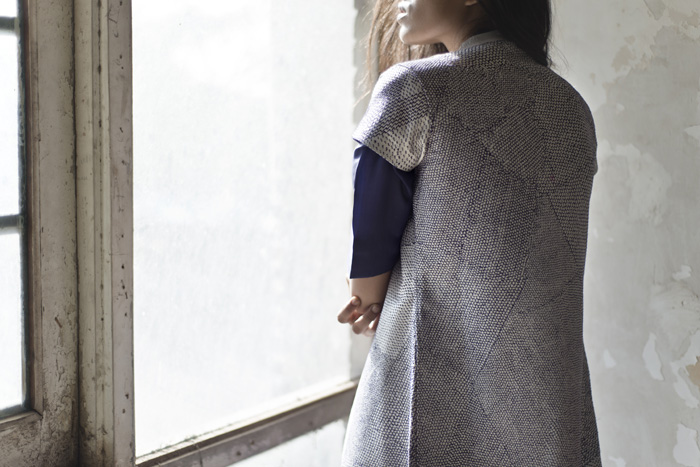
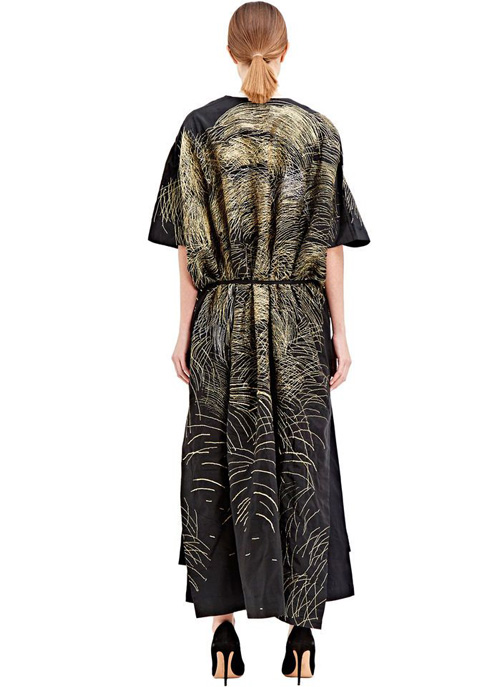
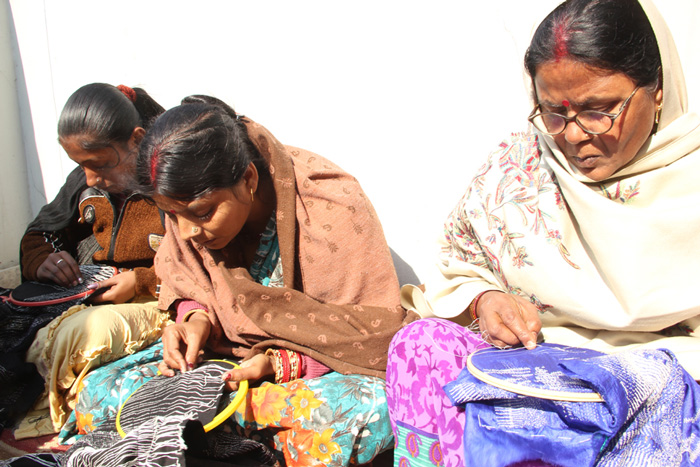
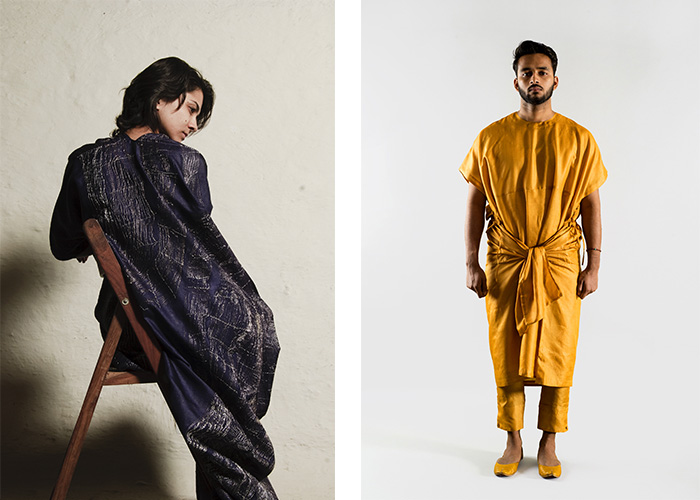
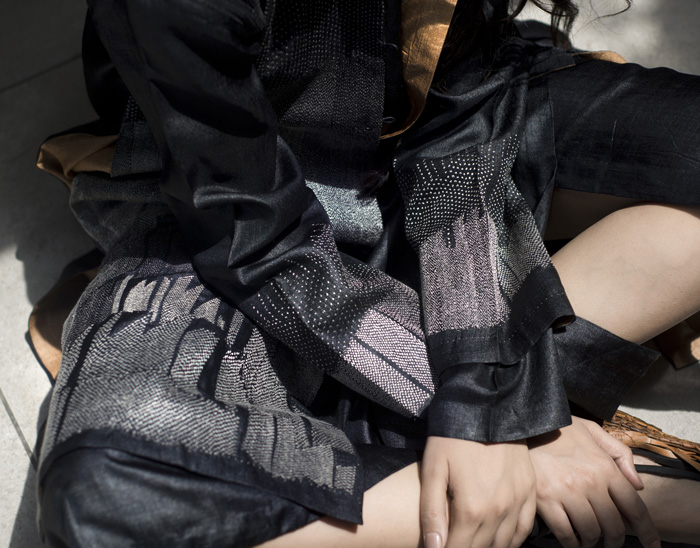
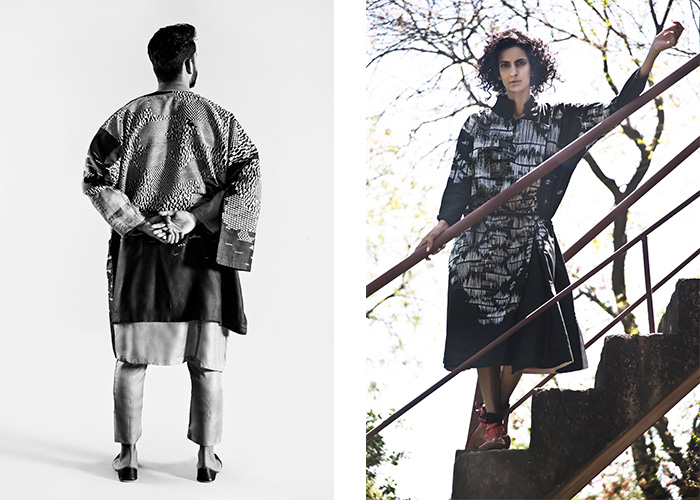
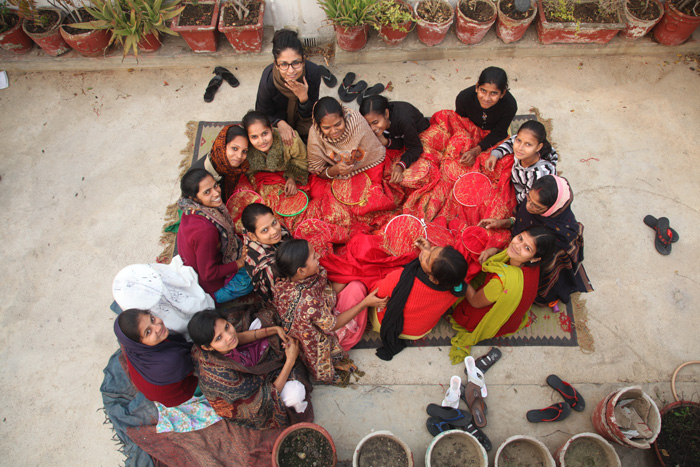
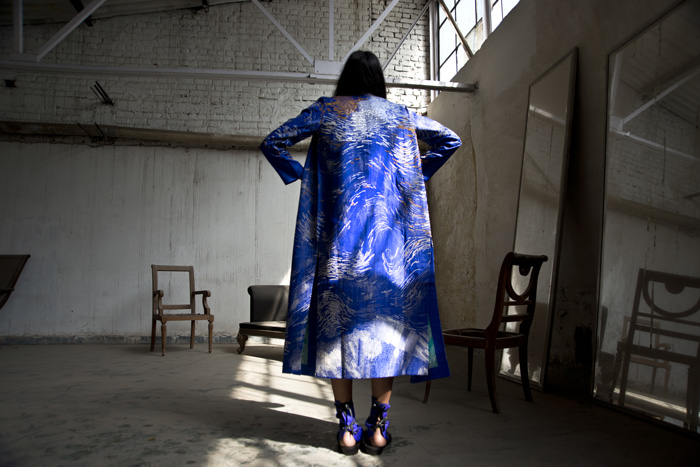
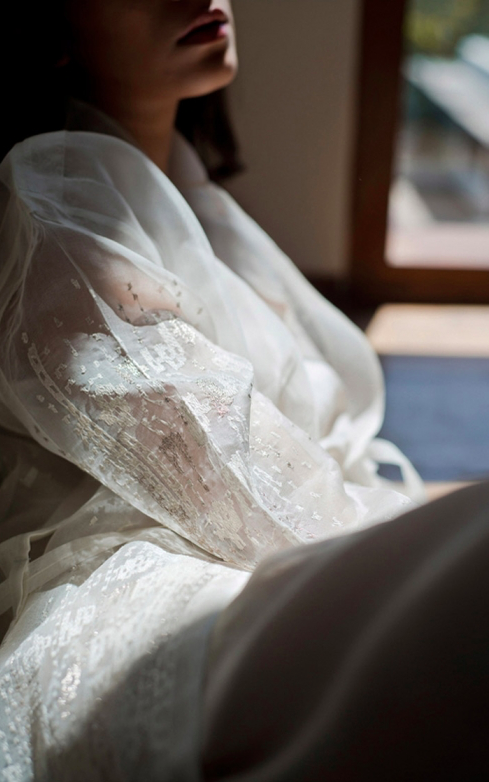
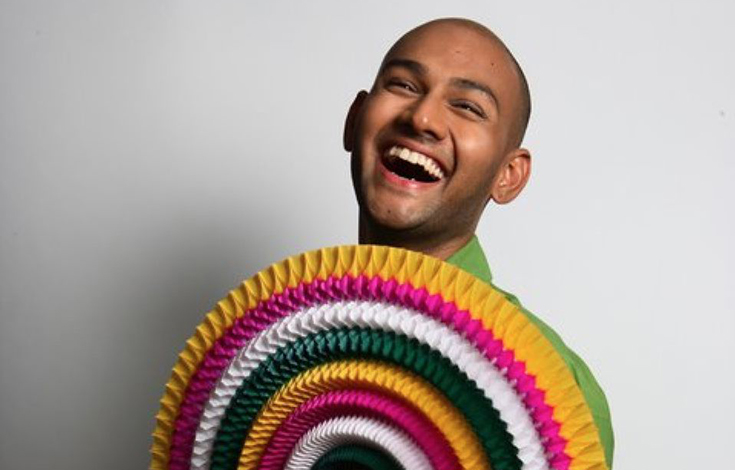
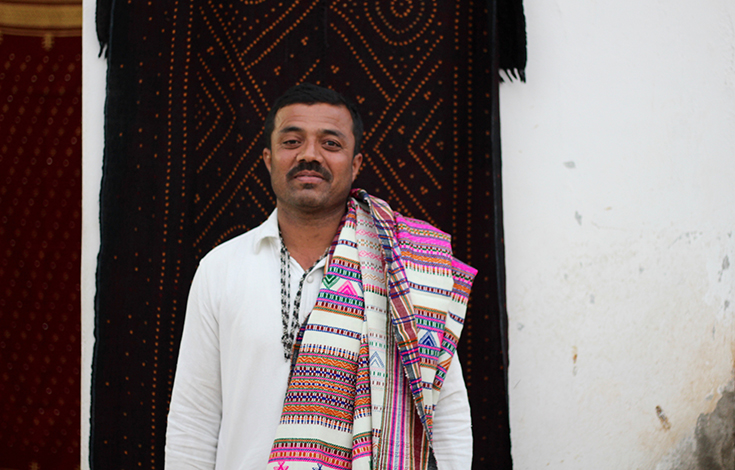
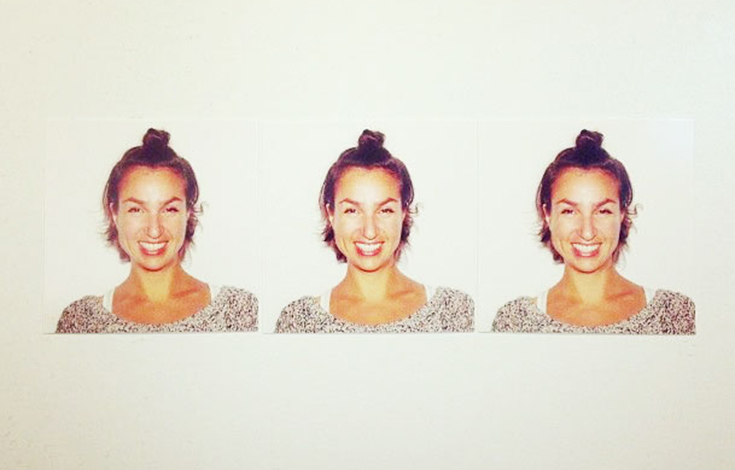
Amazing and a very inspiring article. Being a fashion design student it will definitely help me a lot and also has motivated me to start something new with our very original crafts of India
Oh my goodness! So happy to see your interview…I was your junior in nift and always adored you for your focus and determination.you have gone far into the heights of success which for me is an elevated aware spirit. Your interview is so heartfelt and shows how beautifully wholly and deeply you connect to your art. I agree all art forms merge…..they emerge from the same place within us and go and merge with ‘the one’. Thanks for being you for the world deserves more poeple like you.all the best. Love your work! Completely honored to have known you!